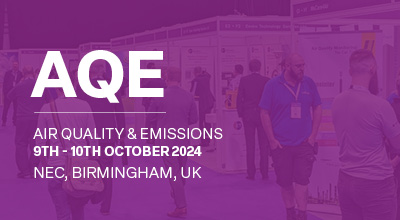| Abstract Title: | DISPERSION MODELING OF MERCURY EMISSIONS FROM STACKS OF CEMENT PLANTS EMPLOYING COAL AS AN ALTERNATIVE FUEL |
| Presenter Name: | Mr Abdullah Mustafa |
| Company/Organisation: | Faculty of Environmental Researches and Studies |
| Country: | Egypt |
Abstract Information :
The Egyptian President decree No 105-2015, and the Egyptian Prime Minister’s Decisions No. 964 - 2015, No 544-2017, and No 618-2017 setting standards for the exportation, using, handling, and storage of coal or petroleum coke as an alternative fuel in mega industries within the Arab Republic of Egypt. due to a shortage of energy sources inside the country, especially for energy-intensive industries. Fossil fuels, with their different types, are materials that produce different amounts of air pollutants, especially coal, which, when burned, produces quantities of sulfur oxides, carbon oxides, and some heavy metals that have environmental and health effects in the short and long term alike. The objective of the present study is to identify the distance from each stack of approximately zero mercury concentration as compared to the distance of the external plant fences to ensure that the community air is free from mercury of the cement production source by using an air pollutants dispersion model. This study was a descriptive cross-sectional survey that was conducted in two Cement Production plants in the Helwan area that use coal as an energy source. Stack sampling of both vapor and particulates' Hg was conducted according to the standard isokinetic method. Total stack Hg was then calculated. Plant A use mineral coal while Plant B use petroleum coke. The Dispersion of mercury particles was according to the concentration of mercury, which was released from the cement plant stack as a product of coal-burning and according to the meteorological conditions (wind speed, wind direction, humidity, and temperature) in the Helwan Zone at the time of sampling. The dispersion modeling is done by using the AERMOD air pollutant dispersion modeling program, which was issued by American Environmental Protection Agency (USEPA). In this study, we can see the difference between the release of mercury particles and their movement in the air. The results of the study show that the moving of mercury particles in the air in not go very long due to the low concentrations of mercury, which were found in the stack emission samples, and due to the wind direction and speed.



